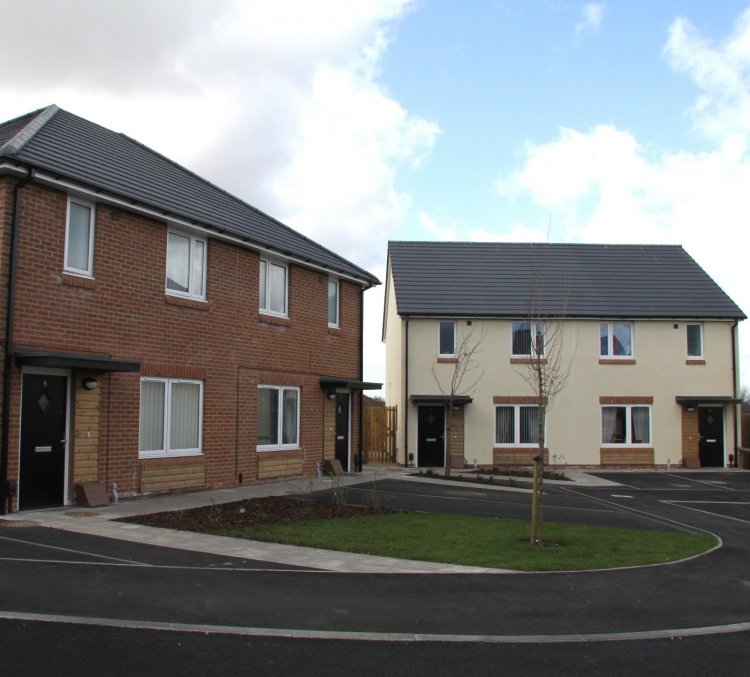- Find a home
-
Customers
- Welcome to Thirteen
- Frequently Asked Questions
- My Thirteen site
- Paying rent and charges
- Report it
- Find out
- Building safety
- Advice and support
- Regeneration and communities
- Leaseholders and shared ownership
-
Services
- Housing for vulnerable and older people
- Care and support
- Homelessness support
- Employment support
- Domestic abuse support
- Mental health support
- Support for ex-offenders
- Get involved
- News
- About us
- Jobs
- Contact us
Local Housing Allowance – Part 1
The housing world is no stranger to fast-paced change. Despite housing associations (arguably) being private businesses, we are heavily influenced by government direction and currently, that direction is focussed on measures which will reduce the welfare bill. Here, Ian Wardle, Chief Executive at Thirteen, gives some more information about the issue, and in particular the Local Housing Allowance:

22/05/2017
The last couple of years have seen a level and pace of change in this area which has been unprecedented. In no particular order, Universal Credit, the overall benefit cap, Local Housing Allowance (LHA), reductions in tax credits and UC work allowance, removal of housing benefit for 18-21s… The list is long.
There is one policy in particular which, although implementation is still over two years away, is causing serious concerns with us at Thirteen and across the rest of the sector; the application of LHA rates to social housing, also known as the LHA maxima, or LHA cap.
What is it?
The first point to note about LHA is that it was not designed with the intention of being appropriate, or even applicable to the likes of us at Thirteen or the rest of the social housing world. LHA was introduced in 2008 to limit housing benefit eligibility in the private sector, considering that it would be inappropriate for a benefit claimant to be able to access larger, better quality accommodation than someone in employment. Sounds fair enough, in theory.
The LHA rate is generally calculated at the 30th percentile of the market rent (private sector) level for a particular area – hence Local Housing Allowance. This means that for us at Thirteen, housing benefit claimants living in our properties should be able to access the same level of accommodation in the private sector here in the Tees Valley. Claimants are only eligible for the benefit for the size property they require, in an echo of the removal of the spare room subsidy, better known as bedroom tax.
Controversially, it also introduced the shared accommodation rate for single people aged under 35. Based on the belief that those people should only be eligible for benefit equivalent to a room in a shared house, not for independent accommodation, the SAR is lower, somewhere around two thirds of the one bedroom accommodation rate.
Who will be affected by the extension of the policy?
In the long-term, all social tenants will move to LHA level eligibility, as the detail of the policy is designed to convert benefit claims as quickly as possible. In a nutshell:
- anyone beginning a new or renewed tenancy after April 2016
- anyone on Universal Credit, regardless of tenancy start date
- anyone in supported or sheltered accommodation, regardless of tenancy start date.
Actual changes to the money tenants will receive in housing benefit will begin in April 2019.
The LHA cap policy as applied to social housing, rather than levelling the playing field, actually creates inequality across the UK. It also causes a number of serious impacts which housing providers are working hard behind the scenes to assess and understand how we can reduce the negative effects of the policy on our tenants.
Many of us are making plans and at Thirteen that’s certainly the case. We’re committed to exploring offers for people under 35, as well as working with local authority partners to protect the long-term sustainability of our supported housing schemes.
Watch this space. I’ll be looking more closely at the impacts and who they will affect in the next blog post.






